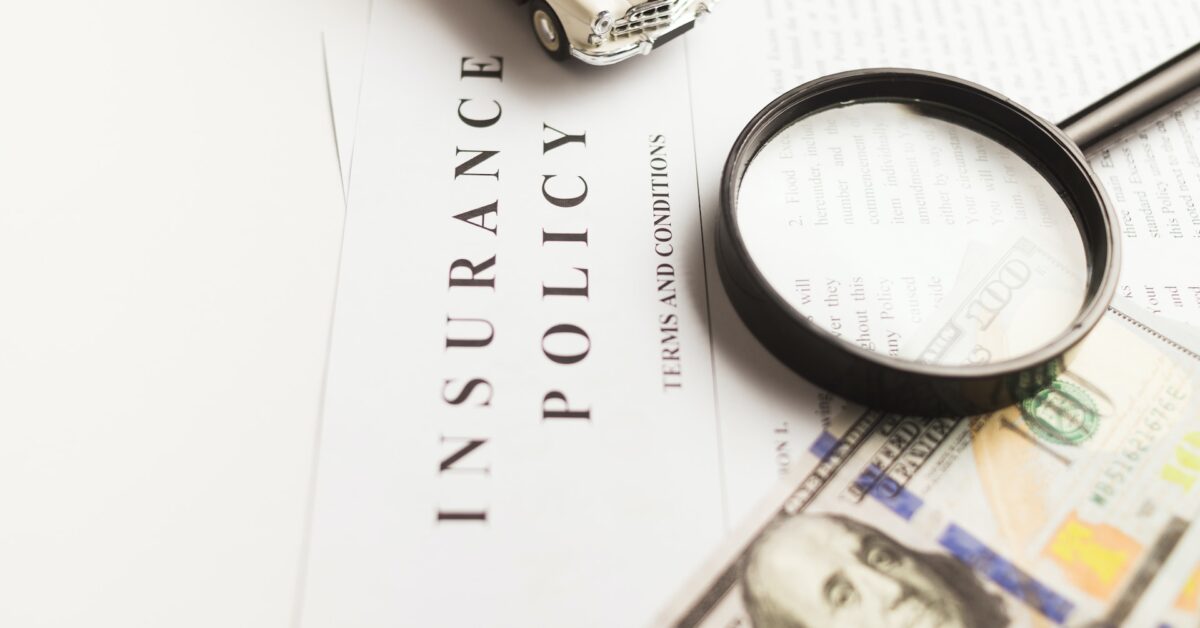Understanding your flood insurance policy is essential to protecting yourself against loss costs. Homeowners can buy a flood insurance policy through the National Flood Insurance Program (NFIP) or a private insurance company. The NFIP also allows insurance companies to write their policies through a “write your own” program.
Dwelling Coverage
Dwelling coverage is part of your flood insurance in New Jersey policy that financially protects the structure of your home in case it’s damaged or destroyed from a covered peril. This includes the house’s foundation, frame, walls, and roof. It also covers things built into your home, such as cabinets and permanent air conditioner units. However, if your house burns down, this part of your policy won’t help you replace the items that burned or were damaged in the fire. It would be best to determine how much dwelling coverage you need before a disaster strikes so you can rebuild your home with the correct amount of money. Each insurance company has a replacement cost estimator that helps you determine this number. Your dwelling coverage limits should be high enough to fully rebuild your home if it’s damaged or destroyed by a covered peril. This may vary depending on your home’s features and age. In addition to dwelling coverage, you can include additional coverages like extended replacement costs and flood insurance enhancements. These can help you cover rising construction and labor costs after a disaster. Dwelling coverage excludes damage from negligence or poor maintenance, such as mold or sewer backups. This can make it more difficult to find a dwelling insurance policy for an older home or one with significant problems.
Contents Coverage
Getting your home, condo, or apartment covered by flood insurance can help protect you from the financial and emotional fallout of damage. It also can help you get back to normal quickly after a flood. There are two main types of flood coverage, building, and contents. The former pays for structural damages to your home or property, and the latter replaces or repairs your belongings, such as furniture, appliances, clothing, and jewelry. Contents coverage is available from various sources, including private insurers specializing in the type of protection you need. The best way to determine how much flood insurance you need is to contact an agent in your area and request a free quote. The agent will use information about your property, such as its location and the estimated replacement cost value of your house or apartment, to help you determine what sort of policy is right for you. The most important part of the whole process is that the actual costs will vary from case to case, depending on several factors. For example, it’s common to pay a premium as much as 50% higher for an expensive policy than a cheaper one. Other factors that affect pricing include the age and construction of your home, its proximity to floodwaters, and the structure’s elevation.
Additional Living Expenses
Suppose your home is damaged by a covered peril, such as fire or flood, and you’re temporarily unable to live there. Standard homeowners and renters insurance policies offer additional living expenses (ALE) coverage. This reimburses you for food, lodging, and transportation costs when you’re away from your home while it’s being repaired or rebuilt. ALE typically pays 20 percent of your dwelling coverage, so if you have $200,000 of dwelling coverage on your home, you will get $40,000. This amount is designed to reimburse you for reasonable costs above and beyond the standard price of your living expenses before the damage occurred. It’s important to remember that ALE only covers expenses you can prove you would have incurred had the disaster not occurred. For example, if you usually spend $100 on gas every month, but now that you’re staying in a hotel, the cost of gas has increased to $150. When submitting your claim for ALE, you should provide the insurance company with receipts to prove how the prices have increased above and beyond what you usually spend. The insurer will then evaluate your claim to see how it compares with the average living costs before the damage occurred. In general, ALE is a valuable addition to your homeowner’s policy. It’s essential to keep in mind that most homeowners’ policies have a limit on how much ALE you can receive. This is usually a percentage of your dwelling coverage, so you should watch your spending to ensure you stay supplied after repairs.
Liability Coverage
The National Flood Insurance Program (NFIP) provides flood coverage for homeowners, renters, and businesses in high-, moderate- and low-risk areas. The federal government backs this insurance, available in most communities that have adopted adequate flood plain management regulations under the NFIP. In addition to providing building and contents coverage, NFIP flood policies also offer liability protection for damages caused by flooding. If the property is damaged by flooding, flood coverage pays for the costs of repairs and rebuilding up to policy limits. Standard flood coverage for residential properties is up to $250,000 in structural damage and $100,000 for flood-damaged contents. The amount of coverage depends on the type of policy and the location of the property. If you have a mortgage or home loan, your lender must see proof of flood insurance before issuing your mortgage. You can learn about flood risk in your area by talking to your mortgage company or local government officials. Your insurance agent can help you determine whether your home, apartment, or business property is at risk for flood and what type of policy you need. Your agent can also provide a free flood insurance quote and answer any questions. For many homeowners, flood insurance is their only protection against flood-related losses. Protecting your home, personal belongings, and business is critical to your disaster plan.


